
Schooling is free at state (government funded) schools until the age of 19, or 21 for special education students with disabilities. Parents are, however, expected to meet some minor costs, including the cost of school books, stationary and uniforms. Costs vary widely depending on individual school requirements.
The school day usually begins about 9.00am and finishes about 3.00pm (the secondary school day ends around 3.30pm). There is generally a short break in the morning, about an hour for lunch and sometimes, a short afternoon break.
Students are classified in year levels, beginning at ‘Year 1’ and moving up one class each year to the final ‘Year 13’. Years 1 to 3 are often referred to as ‘primers’ or ‘juniors’ and Years 4 to 6 as ‘standards’. Years 7 and 8 are known as ‘forms 1 and 2’ and Years 9 to 13 as ‘forms 3 to 7’.
Class sizes are set by the school in accordance with Ministry of Education guidelines.
Some junior classes may include children of different ages and year levels in the same classroom; these are called ‘composite’ classes.
Student’s 16 years and over may choose not to finish their secondary education and leave in Year 11 or 12. By contrast, students can also attend school until the end of the year in which they reach 19 years of age if they choose.
State schools are co-educational at primary and intermediate level but some offer single-sex education at secondary level.
Primary Schools
Children must be enrolled at primary school by their sixth birthday. However, most attend from age 5 to the end of their sixth year of schooling. Many schools have waiting lists and it is consequently advisable to pre-enrol children before their fifth birthday.
Depending on local options, children in their seventh and eighth years either continue to attend primary school or move to a separate intermediate school. Intermediate schools operate only in urban areas.
Secondary Schools
From age 12 to 13 through to 17 or 18 (Year 9 to Year 13), students attend secondary school – also known as high school, college or grammar. Students are usually grouped in classes, but generally have different teachers and go to different classrooms for each subject. Some secondary schools enrol students early and it is advisable to contact schools at least 6 months before the official enrolment date.
Area Schools
Also known as composite schools, these usually operate in rural areas and combine primary, intermediate and secondary schooling in one location.

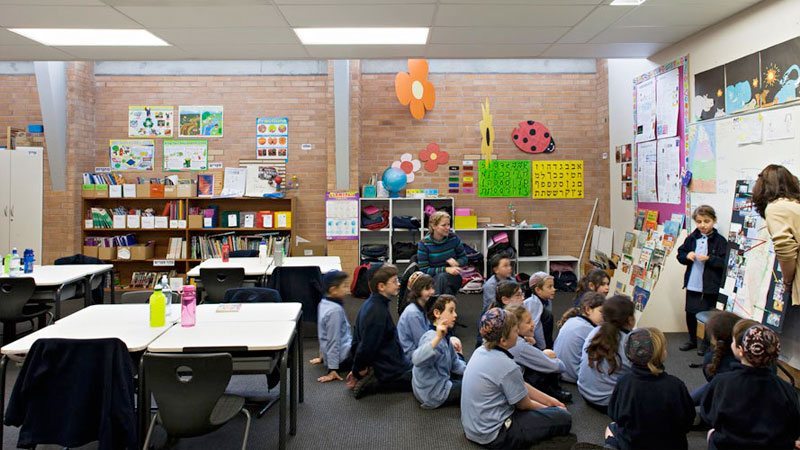

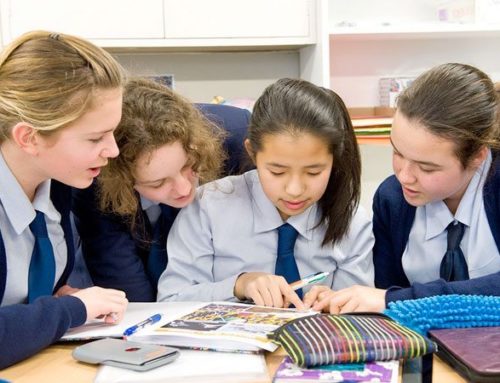
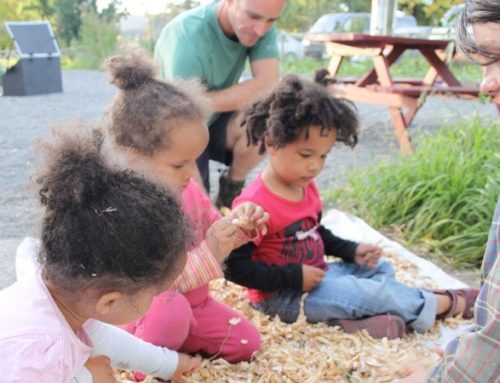
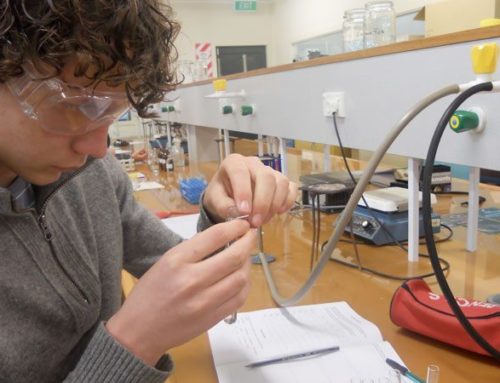
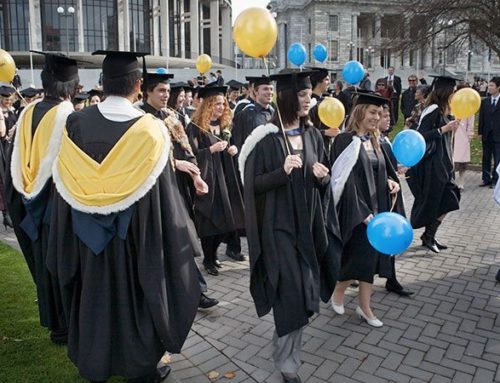
Leave A Comment